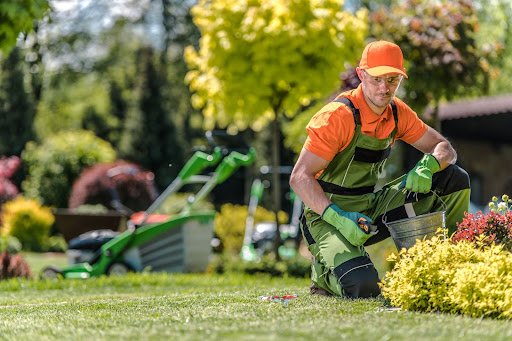A well-maintained commercial landscape always makes a great impression. If you’re looking to elevate your property from well-maintained to pristine, there’s a secret to making that change: soil health and pruning standards.
Impressive features like floral installations and unique landscape designs are the more obvious choices for making a great impression, but must be founded on healthy soil and have a routine pruning schedule to stay up-to-date. Healthy commercial landscapes start from the ground up!
Soil Health
A great landscape is only as great as the soil it is founded on. By starting with soil health, your commercial landscape has a foundation to thrive.
Great turf care necessitates healthy soil for growth and freshness. Fertilizer strengthens the soil and provides beneficial macronutrients, including nitrogen, for conditioning. This promotes a healthy environment for roots to take hold.
After roots have settled in the soil, the grass and soil can absorb water more efficiently. This leads to a full, thick lawn that is a healthy environment for beneficial growth, as well as more easily prevents weeds from growing.
Pruning Standards
A routinely-pruned commercial landscape is aesthetically pleasing. By removing overgrowth and maintaining natural plant shapes, your commercial landscape appeals to the eye and creates a welcoming environment.
But pruning isn’t just for aesthetic purposes — it also promotes the health of your landscape’s greenery. Pruning removes branches that have become diseased or damaged, and their removal saves the health of the rest of the plant. Proper pruning maintains air circulation that helps plants thrive. A healthy plant is a beautiful plant!
Chapel Valley’s Experts Know How to Care for Your Commercial Landscape
While some plants are best maintained with routine pruning, others require little pruning. When paired with great soil care, a commercial landscape not only looks fantastic, but can thrive and among the natural environment.
Our team of landscape experts know how to best care for your property’s greenery, and will only prune when necessary. We want your commercial landscape to look its best.














